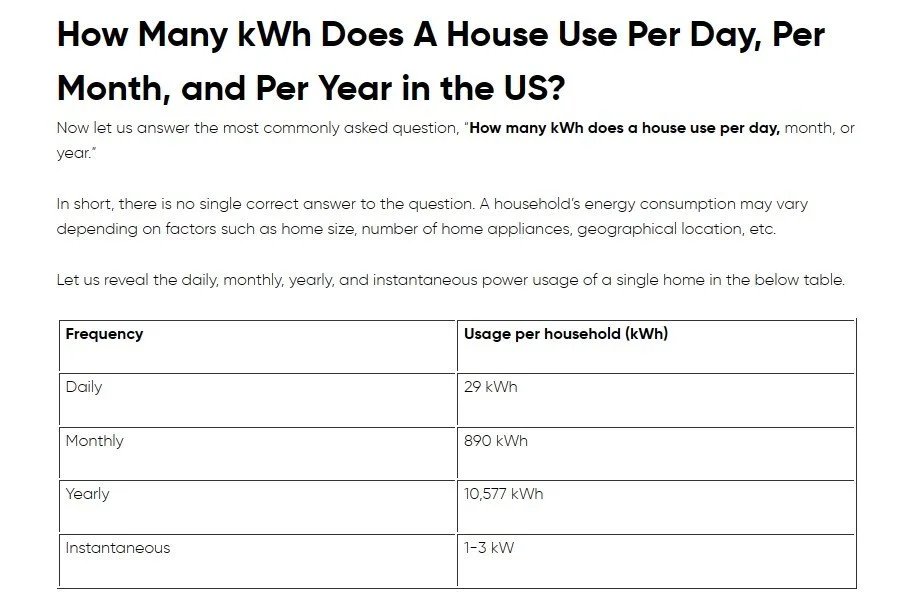Charging Ahead: Embracing the Energy Demands of Innovative Technologies
Hey there, everyone! Today, let's dive into a topic that might spark your curiosity – the energy requirements of charging electric vehicles. I stumbled upon a TikTok video this weekend by @Pazzo that got me thinking, and I wanted to share some insights in a language we can all understand.
In the video, @Pazzo visited an electric charging station boasting a hefty 350-kilowatt capacity! According to his findings, charging an electric vehicle consumed about 137 kilowatts. To put it simply, the average American home uses 1.25 kilowatt-hours. So, fast charging that EV equated to powering around 106 homes, all from just one station! If the station operated at full capacity, it could be like fueling 280 homes. If all six of these charging stations were running simultaneously – that's akin to having 1,080 homes on the grid!
* The above reference can be found here How Many kWh Does A House Use - Jackery
Now, let's ground this information in the context of the United States. Did you know there are currently 59,291 alternative fueling locations across the country? You can explore them using the Alternative Fueling Station Locator at Alternative Fuels Data Center: Alternative Fueling Station Locator (energy.gov).
Understanding these energy needs is crucial, especially as we strive for a more sustainable future. As we transition to electric vehicles, it's essential to be aware of the environmental impact of our transportation choices. Fast-charging stations are undeniably convenient, but it's vital to comprehend the amount of electricity they consume.
But here's an interesting twist to the conversation: consider the positive spin on the energy requirements of emerging technologies. Just like electric vehicles, many new technologies demand significant energy inputs. Take, for instance, Bitcoin mining. Critics often highlight its energy consumption, but it's worth noting that most new technologies in their early stages require substantial energy investments. This energy-intensive phase is a crucial aspect of technological evolution and expansion.
In conclusion, as we navigate the seas of evolving technology, we must be mindful of our energy consumption. With 59,291 alternative fueling locations in the United States, the growth of electric vehicle infrastructure is evident. Let's continue the conversation on sustainable energy and the future of transportation, recognizing that energy demands are an inherent part of technological progress. Share your thoughts in the comments below, and together, let's steer toward a greener, more energy-conscious tomorrow! Check out @Pazzo and his video on X and let me know what you think.


